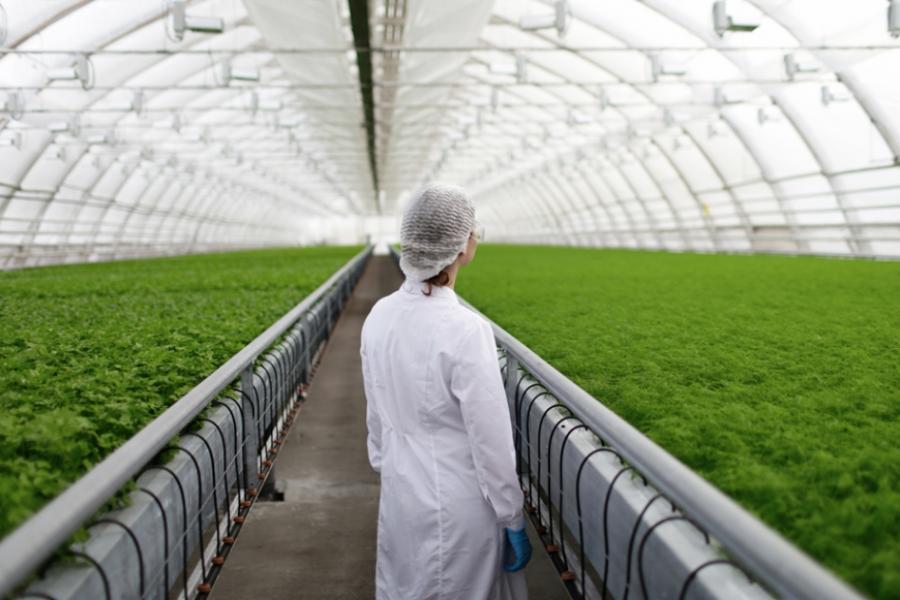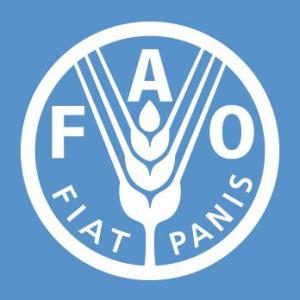FAO, WHO recommend five steps to ensure food safety
12 November 2020
- Tehran – While the ready access to safe and nutritious food is a basic human right, the recent estimations indicate that consuming contaminated food – with bacteria, viruses, toxins or chemicals – affects one out of 12 inhabitants of the earth, making almost 600 million people sick and leading to over 420,000 deaths per annum, the Food and Agriculture Organization of the United Nations (FAO) and the World Health Organization (WHO) report.

Unsafe food does not only causes through foodborne hazards over 200 acute and chronic diseases – from digestive tract infections to cancer – but its accumulated costs go far beyond human suffering, hampering socio-economic development, overloading healthcare systems and compromising the access to global food markets, trade, tourism and economic growth.
Considering these facts, FAO and WHO call on all the engaged stakeholders in production, process, sell or preparation of food, either being individual practitioners or corporate or government-level entities, to put continuous efforts in keeping the food safe. In this regards, the two UN agencies, particularly, recommend the below five ways in which stakeholders can make a sustained difference in food safety:
1. Ensure food is safe
National governments are critical in guaranteeing food is safe and nutritious for all. They have good reason to because unsafe food costs low-and middle-income economies alone about US$95 billion in lost productivity annually according to the World Bank. To reduce these costs, policy-makers can promote sustainable agriculture and food systems, fostering collaboration among public health, animal health, agriculture and other sectors. Countries should follow the international standards established by the Codex Alimentarius Commission.
2. Grow food safely
To ensure a sufficient supply of safe food at global level while also minimizing their environmental impact and adapting to climate change, food producers need to adopt good practices. As food production systems transform and adapt to changing conditions, farmers must carefully consider optimal ways to address potential risks and ensure that food is safe. Integrating the plant and animal health, for example, can help to counter antimicrobial resistance and cut down on the 700,000 people worldwide who die from antimicrobial-resistant infections each year.
3. Keep food safe
For business operators, preventive controls can address most food safety problems. Everyone involved in food operations – from processing to retail – must ensure compliance with programmes like Hazard Analysis and Critical Control Points (HACCP), a system that identifies, evaluates and controls for significant food-safety hazards. Beyond reducing the possibility of sickness, good practices for processing, storage and preservation can also cut post-harvest losses and help food retain its nutritional value as well as help business maximize their participation in a USD 1.6 trillion global food trade.
4. Check that food is safe
Consumers have the power to demand safe and healthy food. Given the complexity of food safety, consumers need access to timely, clear and reliable information about the nutritional and disease risks associated with their food choices. Investments in educating consumers about food safety have the potential to reduce foodborne disease and return savings of up to ten times of each dollar invested. Consumers need to be empowered to make healthy food choices for themselves and support sustainable food systems for the planet.
5. Team up for safety
Ultimately, food safety is a shared responsibility. Governments, regional economic bodies, UN organizations, development agencies, trade organizations, consumer and producer groups, academic and research institutions and private sector entities must all work together on issues that affect us. Collaboration is needed globally, regionally and locally – across sectors within governments and across borders when combatting outbreaks of foodborne illness globally.
FAO and WHO, being the lead UN agencies in promoting global efforts to enhance food safety and security and public health, calls on all involved parties to work together on these critical issues that affect all of us, now and in the future.

Food and Agriculture Organization of the United Nations




